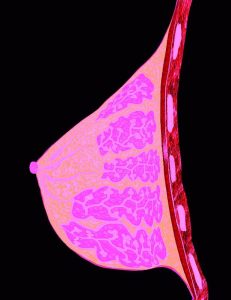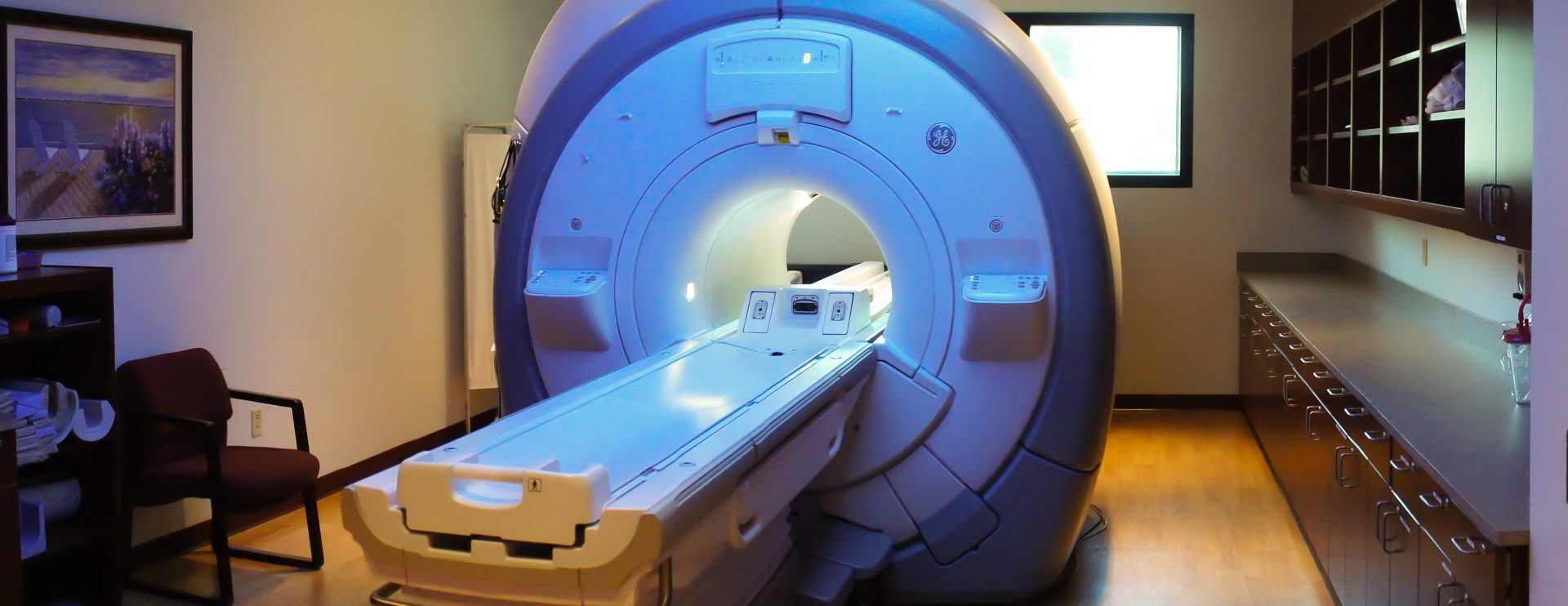 October is National Breast Cancer Awareness Month, a cause dedicated to raising awareness about breast cancer risk factors, screening recommendations and the benefits of early diagnosis. Breast cancer is the second most common type of cancer diagnosed in women, with skin cancer being the most common. One in eight women will be diagnosed with breast cancer in the United States which is about 237,000 new cases each year, and approximately 2,100 new cases of breast cancer will be diagnosed in men.
October is National Breast Cancer Awareness Month, a cause dedicated to raising awareness about breast cancer risk factors, screening recommendations and the benefits of early diagnosis. Breast cancer is the second most common type of cancer diagnosed in women, with skin cancer being the most common. One in eight women will be diagnosed with breast cancer in the United States which is about 237,000 new cases each year, and approximately 2,100 new cases of breast cancer will be diagnosed in men.
With early detection, the majority of these patients have a good prognosis and survival rate. The risk of getting a breast cancer diagnosis increases with age. The average age for women to receive a breast cancer diagnosis is 61 years old and anywhere between 60 to 70 years old in men. It is important to know your risk factors, as breast cancer still claims the lives of approximately 41,000 women and 450 men annually in the United States.
Breast Cancer Risk Factors
The risk of developing breast cancer increases with age, although some additional factors contribute to increasing risk. These include:
• Having dense breast tissue
• Taking birth control pills
• Being overweight post menopause
• Beginning menopause after the age of 55
• Having a family member with breast cancer
• Radiation therapy to the breasts or chest in the past
• Having your first menstrual period before the age of 12
• Carry the BRCA1 or BRCA2 gene mutation determined during genetic testing
• Using hormone replacement therapy during menopause for more than five years
• The Bannayan-Riley-Ruvalcaba, Cowden or Fraumeni syndrome, or a first degree relative with any of these syndromes.
Learn more about determining your risk factors and access the Breast Cancer Risk Assessment Tool at the National Cancer Institute. If you have risk factors combined with symptoms you should contact your physician right away.
Breast Cancer Symptoms
Some symptoms of breast cancer may include the following warning signs:
• Nipple discharge
• Breast pain
• Change in the size or shape of the breast
• Thickening, swelling or irritation of the breast
• Flaky skin, pulling or pain in the nipple area
• Noticing a lump in your breast or armpit area
Screening and Diagnostic Tests
Women should regularly perform self-breast exams by feeling for lumps or unusual changes in breast tissue. With one arm raised, use the other hand to gently move the pads of your fingers around in small circles cover the armpit and entire breast area. Squeeze the nipple checking for discharge or lumps. Alert your doctor of any unusual findings during a self-breast exam.
A mammogram can often reveal a lump in the breast before it can be felt. Speak with your physician about when to begin mammography as varying health organizations have different recommendations for women ages 40 to 49. The American Cancer Society recommends annual mammograms for women beginning at age 45 while the National Comprehensive Cancer Network recommends routine mammograms beginning at age 40.
This is for women of an average risk age group which are women who:
• Have no strong family history of breast cancer
• Have no personal history with breast cancer
• Have had no chest radiation prior to the age of 30
• Do not carry the BRCA gene which increases the risk of breast cancer
There may be instances where an ultrasound or a breast MRI should be ordered for additional diagnostic testing. A breast MRI is sometimes recommended for women who are in a high risk category, to help evaluate women with breast implants or for MRI guided biopsies. MR imaging of the breast is known to reveal small lesions on the breast that could’ve been missed with mammography. A contrast is usually used for MR imaging of the breast and should be performed with an MRI machine designed specifically for breast imaging.
Understanding Your Mammogram and BI-RADS Assessment
You may notice that your mammogram contains a notation in the findings of a BI-RADS rating. Breast Imaging Reporting and Data System, BI-RADS, is a system that doctors use to describe and sort their findings. The BI-RADS system is broken into categories numbered 0 through 6 with the following meaning:
0. – Incomplete – Additional imaging evaluation and/or comparison to prior mammograms is needed
1. – Negative
2. – Benign (non-cancerous) finding
3. – Probably benign finding – Follow-up in a short time frame is suggested
4. – Suspicious abnormality – Biopsy should be considered
5. – Highly suggestive of malignancy – Appropriate action should be taken
6. – Known biopsy-proven malignancy – Appropriate action should be taken
Learn more about the BI-RADS assessment and understanding your mammogram here.
Greater Waterbury Offers Breast MR Imaging
Greater Waterbury Imaging Center, GWIC, is located on the Waterbury Hospital campus and offers MR imaging services, including MR imaging of the breast. We provide MR imaging services for people utilizing claustrophobia with special MR machines designed to reduce this anxiety and to accommodate all body types.
GWIC is committed to transforming lives through remarkable service, compassion, drive, excellence and integrity. We encourage you to practice regular self-breast examinations and to have your recommended screening tests such as mammography or MRI as ordered by your physician. Contact us with any questions and to learn more about MR imaging of the breast.


